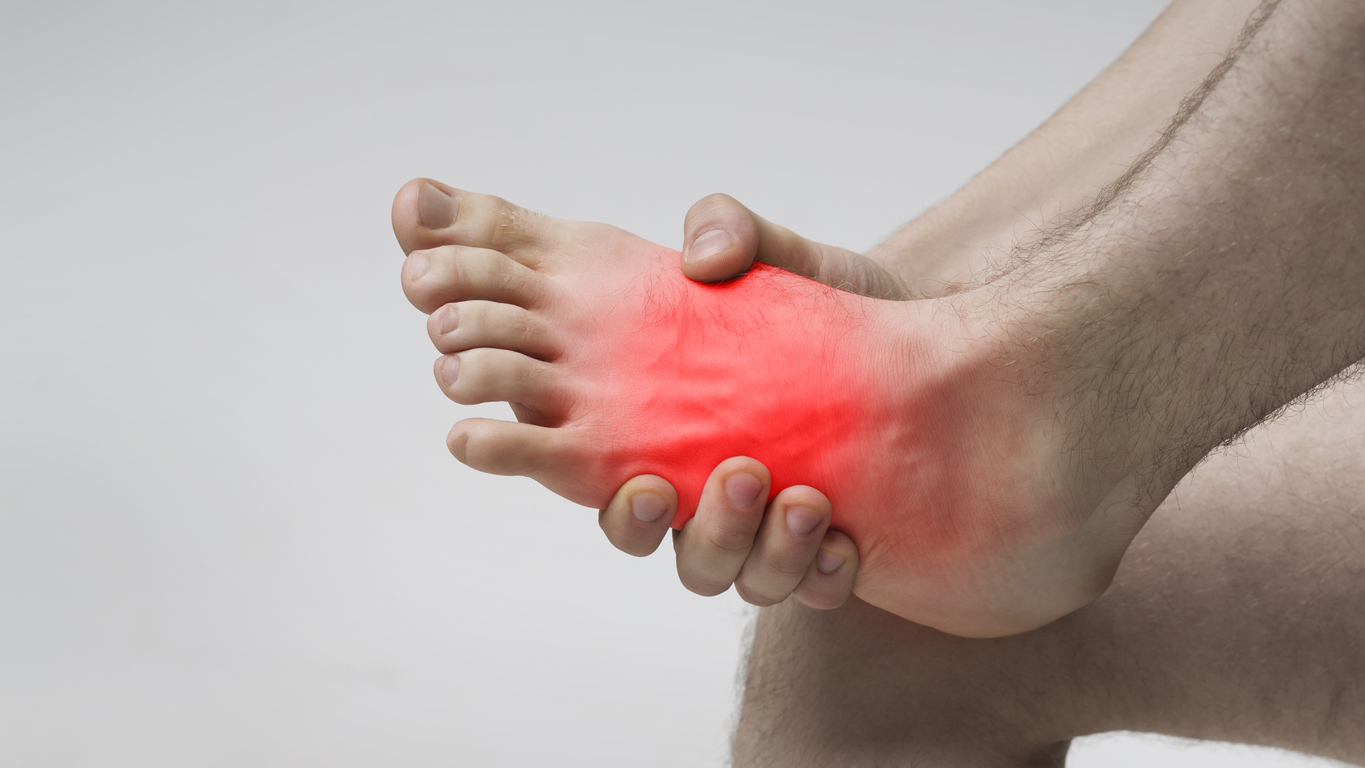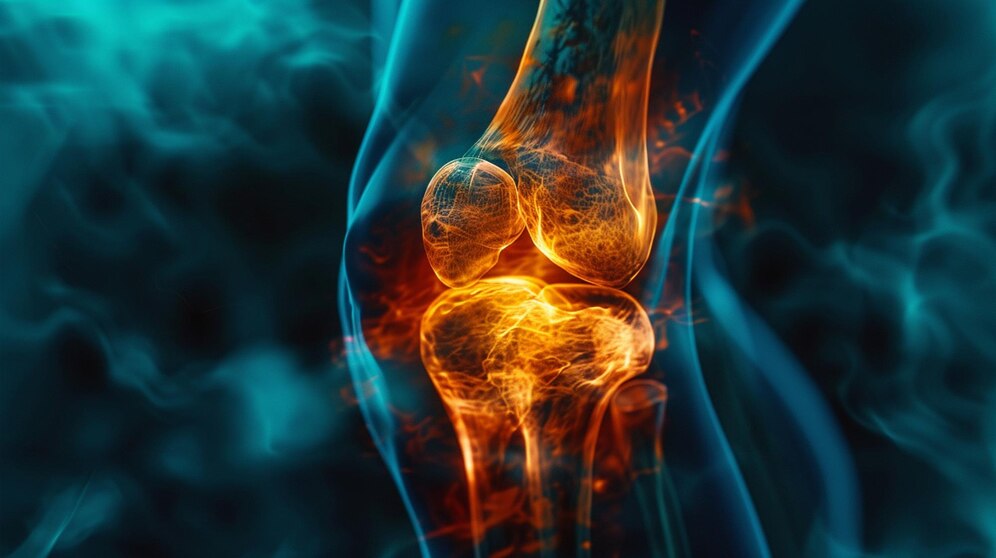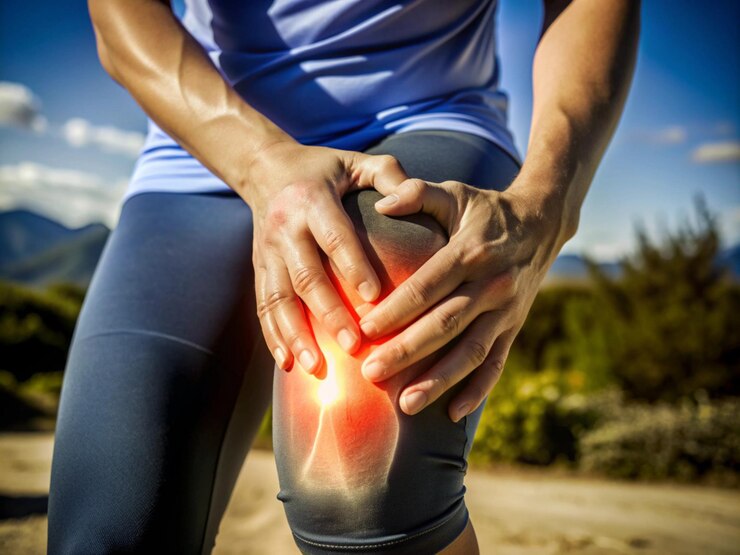Understanding Sciatica
Sciatica refers to pain that radiates along the path of the sciatic nerve, extending from the lower back through the hips and buttocks and down each leg. This nerve is the longest in the body, and when it becomes compressed or irritated, it can lead to sharp, shooting pain or a burning sensation. Many individuals describe sciatica pain as a sudden and debilitating experience that can disrupt daily activities. Understanding the root causes, such as herniated discs, spinal stenosis, or even pregnancy, is vital in identifying the best immediate relief for sciatica pain.
Identifying Symptoms
Recognizing the symptoms of sciatica is essential for effective treatment. The primary symptom is pain that radiates along the sciatic nerve pathway. Other common symptoms include numbness, tingling, or weakness in the affected leg. Some individuals may also experience a burning sensation in their lower back or buttocks. Identifying these symptoms can help individuals determine the best course of action for immediate relief for sciatica pain and take appropriate measures to manage it effectively.
Cold Compress Application
Applying a cold compress is one of the simplest and most effective methods for achieving immediate relief for sciatica pain. Cold therapy numbs the area and reduces inflammation, which can significantly alleviate discomfort. To use this method, wrap ice in a towel or use a cold pack, and apply it to the painful area for 15-20 minutes. This process can be repeated several times throughout the day, especially in the first 48 hours following the onset of pain. As the cold therapy takes effect, individuals often notice a decrease in pain intensity, allowing them to move more comfortably.
Utilizing Heat Therapy
After the initial 48 hours, switching to heat therapy can promote blood flow and relax tight muscles. Applying a heating pad, warm towel, or hot water bottle for 15-20 minutes can provide a soothing effect. The heat helps to ease muscle tension and can be particularly effective for individuals who experience tightness in the lower back or buttocks. As the warmth penetrates the muscles, many find that their mobility improves, allowing for easier movement and reduced pain, highlighting the importance of heat in the overall strategy for immediate relief for sciatica pain.
Gentle Stretching Exercises
Incorporating gentle stretching exercises can yield significant benefits in managing sciatica pain. Specific stretches target the sciatic nerve and surrounding muscles, promoting flexibility and reducing tension. For instance, the knee-to-chest stretch effectively stretches the lower back, while the piriformis stretch alleviates tightness in the buttocks. Holding each stretch for 20-30 seconds and repeating them several times daily can lead to noticeable improvements in pain levels. By actively engaging in these stretches, individuals empower themselves to combat the discomfort associated with sciatica pain.
Over-the-Counter Pain Relievers
For immediate relief, over-the-counter (OTC) pain relievers can be a valuable addition to the pain management toolkit. Nonsteroidal anti-inflammatory drugs (NSAIDs) like ibuprofen or naproxen can help reduce inflammation and alleviate pain. These medications work by inhibiting the production of substances in the body that cause inflammation, thus providing temporary relief from discomfort. However, individuals should adhere to the recommended dosage and consult a healthcare professional if they have any underlying health conditions or concerns regarding their use.

Proper Posture and Positioning
Maintaining proper posture and positioning plays a significant role in reducing sciatica pain. When sitting or standing, it’s crucial to keep the back straight and shoulders relaxed to avoid added pressure on the sciatic nerve. Ergonomic chairs and lumbar supports can enhance comfort during prolonged sitting periods. Moreover, when sleeping, positioning a pillow between the knees while lying on one’s side can alleviate pressure on the lower back. By actively focusing on posture and positioning, individuals can reduce strain and promote overall spinal health, contributing to immediate relief for sciatica pain.
Gentle Movement and Activity
While rest is essential for recovery, excessive inactivity can exacerbate sciatica symptoms. Engaging in gentle movements, such as walking or light yoga, can improve circulation and alleviate stiffness in the affected area. Low-impact activities stimulate blood flow, which can reduce inflammation and promote healing. It’s vital to listen to the body and avoid movements that trigger pain, but gentle movement is a key component in the journey toward finding immediate relief for sciatica pain.
Massage Therapy Benefits
Massage therapy offers numerous benefits for individuals suffering from sciatica pain. A professional massage can help relieve muscle tension, improve circulation, and enhance relaxation. Therapists often target specific areas of tightness, such as the lower back, buttocks, and legs, using various techniques to alleviate pain. Additionally, self-massage techniques, like using a tennis ball to roll over tight muscles, can also provide relief. Incorporating regular massage therapy into a pain management plan can significantly enhance overall comfort and contribute to immediate relief for sciatica pain.
Acupuncture as a Treatment Option
Acupuncture, a traditional Chinese medicine technique, can provide immediate relief for sciatica pain for some individuals. By inserting thin needles into specific points on the body, acupuncture aims to stimulate the nervous system and promote the body’s natural healing processes. Many people report experiencing reduced pain and increased mobility after acupuncture sessions. While the effectiveness of acupuncture varies among individuals, it remains a viable option for those seeking alternative treatments for sciatica pain.
Mindfulness and Relaxation Techniques
Stress and anxiety can exacerbate pain perception, making mindfulness and relaxation techniques valuable for immediate relief for sciatica pain. Practices such as deep breathing, meditation, and progressive muscle relaxation can help calm the mind and reduce tension in the body. By focusing on relaxation and stress management, individuals may find that their overall pain levels decrease, allowing them to cope better with sciatica symptoms. Engaging in these techniques regularly fosters a greater sense of control over one’s pain experience.
The Importance of Hydration
Staying hydrated is often overlooked in pain management, but it plays a crucial role in maintaining overall health. Proper hydration supports muscle function and helps prevent cramping, which can contribute to sciatica pain. Drinking adequate water throughout the day aids in nutrient transport, waste elimination, and maintaining optimal bodily functions. By prioritizing hydration, individuals can enhance their overall well-being and potentially reduce the frequency and intensity of sciatica flare-ups.
Dietary Considerations for Pain Relief
In addition to hydration, dietary choices can influence inflammation levels and overall health. Consuming a diet rich in anti-inflammatory foods, such as fruits, vegetables, whole grains, and healthy fats, can contribute to pain management. Omega-3 fatty acids, found in fatty fish and flaxseeds, possess anti-inflammatory properties that may be beneficial for individuals with sciatica pain. By making conscious dietary choices, individuals can support their body’s healing processes and promote immediate relief for sciatica pain.
Ergonomic Adjustments at Work
For those who spend long hours sitting at a desk, making ergonomic adjustments can significantly improve comfort and reduce the risk of sciatica pain. Investing in an ergonomic chair that provides proper lumbar support and adjusting the desk height can help maintain a neutral spine position. Additionally, taking regular breaks to stand and stretch can prevent stiffness and discomfort. By creating a conducive work environment, individuals can proactively manage their pain and find immediate relief for sciatica symptoms.
When to Seek Professional Help
While many immediate relief strategies can be effective, knowing when to seek professional help is essential. If sciatica pain persists or worsens despite self-care measures, it may be time to consult a healthcare provider. A medical professional can assess the underlying cause of the pain and recommend appropriate treatments, such as physical therapy, chiropractic care, or medication. Early intervention is crucial in preventing long-term complications and ensuring a comprehensive approach to pain management.

Exploring Physical Therapy
Physical therapy can provide valuable support for individuals experiencing sciatica pain. A licensed physical therapist can develop a tailored treatment plan that includes exercises, stretches, and modalities to address specific needs. Through guided sessions, individuals can learn proper techniques to improve posture, strengthen core muscles, and enhance flexibility. Regular physical therapy can lead to lasting improvements and promote immediate relief for sciatica pain, empowering individuals to manage their symptoms effectively.
The Role of Surgical Options
In severe cases of sciatica, surgical intervention may become necessary. Procedures such as discectomy or laminectomy aim to relieve pressure on the sciatic nerve by removing the source of compression. While surgery is typically considered a last resort, it can provide significant relief for individuals whose symptoms do not improve with conservative treatments. Discussing surgical options with a healthcare professional can help determine the best course of action for those experiencing debilitating sciatica pain.
Lifestyle Modifications for Long-term Relief
In addition to immediate relief strategies, making lifestyle modifications can contribute to long-term management of sciatica pain. Incorporating regular physical activity, practicing good posture, and maintaining a healthy weight can all play significant roles in preventing flare-ups. Moreover, finding activities that promote relaxation, such as yoga or tai chi, can help maintain flexibility and reduce stress. By adopting a holistic approach to pain management, individuals can enhance their overall quality of life and minimize the impact of sciatica pain.
Conclusion
Finding immediate relief for sciatica pain involves a combination of self-care techniques, lifestyle modifications, and professional guidance. By understanding the condition, implementing effective strategies, and seeking help when necessary, individuals can regain control over their lives and minimize discomfort. Whether through cold compresses, heat therapy, gentle stretching, or professional treatments, it is possible to navigate the challenges of sciatica and achieve a more comfortable existence.





